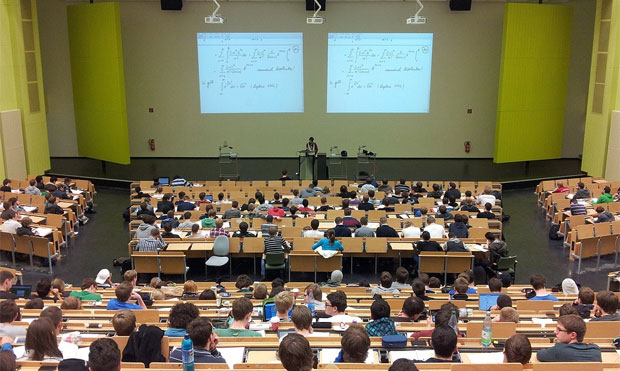How Modern Security Technologies Can Improve School Campus Safety

How Modern Security Technologies Can Improve School Campus Safety
With an increase in violence of all kinds in schools, it would be easy to think that our schools, and hence our children’s welfare are under siege. School security is not simply limited to violence, but includes problems such as drugs, sexting, self-harm, bullying, social media, physical confrontation, mental health issues, and tragically suicides.
Once school was considered a safe refuge by parents sending their children to learn. This is no longer the case. Without specific strategies enacted on school campuses, schools can no longer be automatically considered safe. While violence may not be the rule, it certainly is no longer the exception, and the school environment can contribute significantly to incidents on school property during school hours.
Enter technology. While it may not resolve every challenge, technological advancements are now at the forefront of safety strategies and are proving to be crucial to school campus security.
Technological advances have created a variety of smart systems aimed at ensuring building and property security. School administrators need to evaluate what technology offers to guarantee that students, teachers, and school staff are kept safe while on school campuses.
What is security technology offering?
Access Control
Protecting school properties from intrusion by bad actors intent on harming children and staff alike is any school’s first line of defence. Managing who enters a school can prevent unauthorised persons and the ill-intentioned from getting past the front door. Entrances and exits should be kept locked to prevent undesirable visitors from entering school premises unbeknownst to administrators.
This is particularly pertinent to visitors whether parents, contractors, or guests. Ideally, visitors to the campus should be granted access through a specific entrance with a precise protocol. Wireless smart locks can be managed by administrators to remotely unlock or lock entrance points thus granting or denying entrance.
Integrated Access Control using digital credentials, microchip IDs cards or fobs, biometrics, or facial recognition identify a visitor entering to verify they are who they say they are. Once an identity has been verified, guests are granted access and directed or accompanied to the correct location for their business with school personnel.
Remote door management using IP door access control systems also allows for the revocation of granted permissions instantly if required. This can be fundamental to limiting further access by terminated staff, outside contractors, or even suspended students.
Security Video Monitoring and CCTV
Once physical monitoring was completely entrusted to security personnel, recent technological advances offer greater monitoring capacities. Most schools now have video cameras or CCTV as part of their standard security equipment. But video cam feed is no longer limited to someone watching a camera in a hidden room.
Technological advances now permit the integration of video monitoring with access management for recognition purposes and early detection of suspicious movements or gestures. Locations where large numbers of students and staff congregate such as libraries, cafeterias, hallways, or gymnasiums can be better protected in real-time. The opportunity to integrate video monitoring into a single, remotely controlled interface also facilitates its connection to panic buttons, alert messaging, and direct contact with law enforcement and emergency responders.
Video monitoring will record, and log the times of entrances and exits from school premises as well as scan visitor identification for comparison to child endangerment databases rapidly before granting entrance.
Integrated Alarm and Lockdown Systems
The utilisation of an integrated IoT-connected alarm system increases the flexibility, agility, and rapidity of responses to potential threats. Integrated systems can trigger an automated lockdown with administrators managing entrances and exits and inner doors to prevent or limit damage and danger. These systems generally partner with law enforcement and emergency responders for immediate intervention. Access to a locked-down facility for authorised personnel is facilitated through digital ID scanning.
Panic buttons can be installed in specific locations or be mobile with staff and teachers wearing or carrying portable panic devices. In the event of an emergency, the teacher or staffer will push the button to alert administrators and security. These panic buttons can also come equipped with microphones and amplification for a temporary alert and announcement system.
Metal Detectors and X-Ray Machines for Weapon Detection
Unfortunately, the increase of weapons finding their way onto school campuses warrants the use of x-ray machines or metal detectors at school entrances. These machines not only prevent weapons from arriving on campuses but function as the principal deterrent for those who might consider bringing weapons with them.
Machines can detect weapons or other potentially dangerous objects. Detection machines permit security teams to confiscate anything harmful before it enters a campus.
Technology and School Campus Safety
Parents expect learning environments to be safe and secure. Unfortunately, recent violent events have increased creating a need for security technology. Safety on school campuses can no longer depend on traditional methods alone. Technology can prepare schools for future security challenges and offer a prompt emergency response when needed.
Guest Article.





